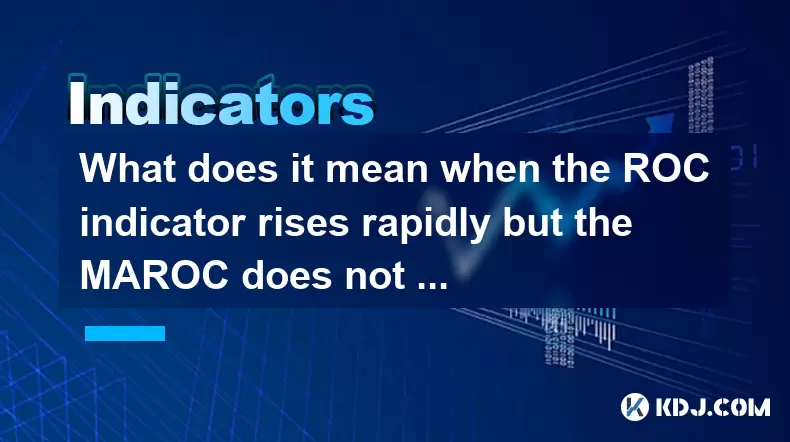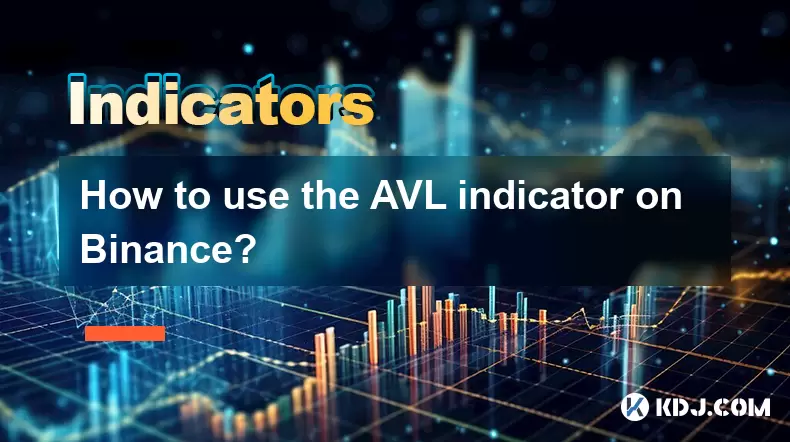-
 Bitcoin
Bitcoin $117700
-0.03% -
 Ethereum
Ethereum $3805
0.49% -
 XRP
XRP $3.098
-1.00% -
 Tether USDt
Tether USDt $1.000
0.03% -
 BNB
BNB $792.8
-1.72% -
 Solana
Solana $177.9
-1.95% -
 USDC
USDC $1.000
0.02% -
 Dogecoin
Dogecoin $0.2202
-1.55% -
 TRON
TRON $0.3278
-2.92% -
 Cardano
Cardano $0.7641
-2.43% -
 Hyperliquid
Hyperliquid $42.21
-2.68% -
 Sui
Sui $3.758
-1.58% -
 Stellar
Stellar $0.4080
-3.21% -
 Chainlink
Chainlink $17.75
-0.33% -
 Bitcoin Cash
Bitcoin Cash $591.8
4.96% -
 Hedera
Hedera $0.2561
-3.09% -
 Avalanche
Avalanche $23.34
-4.24% -
 Litecoin
Litecoin $110.7
1.96% -
 UNUS SED LEO
UNUS SED LEO $8.956
-0.01% -
 Toncoin
Toncoin $3.410
0.79% -
 Ethena USDe
Ethena USDe $1.001
0.03% -
 Shiba Inu
Shiba Inu $0.00001288
-1.82% -
 Uniswap
Uniswap $10.07
-2.06% -
 Polkadot
Polkadot $3.807
-2.27% -
 Monero
Monero $308.2
-2.15% -
 Dai
Dai $1.000
0.03% -
 Bitget Token
Bitget Token $4.521
-0.30% -
 Pepe
Pepe $0.00001134
-1.52% -
 Cronos
Cronos $0.1457
0.65% -
 Aave
Aave $274.9
-2.47%
What does it mean when the ROC indicator rises rapidly but the MAROC does not follow?
A rising ROC signals strong bullish momentum, but if MAROC doesn't follow, it may indicate a false signal or early warning of weakening trend.
Jun 20, 2025 at 05:49 pm

Understanding the ROC Indicator
The Rate of Change (ROC) indicator is a momentum oscillator used in technical analysis to measure the percentage change in price between the current closing price and a previous closing price over a specified time period. When the ROC indicator rises rapidly, it suggests that the asset's price is increasing at an accelerated pace, which often signals strong bullish momentum.
This rapid increase can be seen as a potential buy signal by traders, especially if it crosses above the zero line or reaches historically significant levels. However, interpreting this movement requires context, particularly when compared with other indicators like MAROC.
Key Takeaway: A rising ROC indicates accelerating gains in price, signaling potential strength in the market.
What Is the MAROC Indicator?
MAROC stands for Moving Average of Rate of Change. It is essentially a smoothed version of the ROC indicator, created by applying a moving average to the ROC values. The purpose of MAROC is to filter out noise and provide clearer trend signals by smoothing out short-term fluctuations in the ROC data.
When analyzing MAROC, traders typically look for crossovers with the ROC line or shifts in direction to determine potential reversals or continuations in price trends. Since MAROC lags behind ROC due to its smoothing nature, it may not always move in tandem with sudden spikes in ROC.
Key Takeaway: MAROC acts as a lagging confirmation tool for ROC movements, helping traders identify sustainable momentum shifts.
Why the ROC Might Rise Rapidly Without MAROC Following
There are several reasons why ROC could rise quickly while MAROC remains flat or moves sluggishly:
- Sudden Price Spike: A sharp upward movement in price, possibly due to news events or whale activity, can cause the ROC to surge without immediate follow-through from MAROC.
- Short-Term Volatility: Intraday or short-term volatility may push the ROC higher temporarily, but the moving average used in MAROC takes longer to reflect such changes.
- Divergence Signal: This scenario might indicate a divergence where momentum appears strong (via ROC), but the smoothed trend (MAROC) does not confirm it, suggesting possible weakness ahead.
- Timeframe Mismatch: If the MAROC uses a longer period setting than the ROC, it will naturally react more slowly to recent price changes.
Key Takeaway: Discrepancies between ROC and MAROC often stem from timing differences, volatility, or early signs of momentum divergence.
How to Interpret This Divergence in Crypto Trading
In cryptocurrency markets, where volatility is common, understanding what happens when ROC rises sharply but MAROC does not follow becomes crucial for decision-making. Traders should consider the following steps:
- Check Timeframes: Ensure both ROC and MAROC are set on compatible timeframes. For example, if using a 14-period ROC, align the MAROC to the same base period.
- Analyze Volume: High volume accompanying a ROC spike adds credibility to the momentum shift. Low volume may suggest false signals.
- Look for Confirmation: Wait for MAROC to begin trending upwards before entering long positions, to avoid premature entries based on fleeting momentum.
- Combine With Other Indicators: Use tools like RSI or MACD to corroborate whether the asset is overbought or if there’s underlying strength supporting the ROC surge.
Key Takeaway: This divergence should prompt caution rather than immediate action, requiring further confirmation through volume, timeframe alignment, and other indicators.
Practical Steps to Analyze ROC and MAROC Together
To effectively use these two indicators together, follow this step-by-step guide:
- Add ROC to Your Chart: Most charting platforms allow you to add the Rate of Change indicator. Set the period (commonly 14) based on your trading strategy.
- Apply a Moving Average to ROC: Manually create MAROC by adding a moving average (SMA or EMA) to the ROC line. Alternatively, use custom scripts or built-in features if available.
- Observe Crossovers: Watch for moments when the ROC crosses above or below the MAROC line, which can act as trade signals.
- Monitor Divergences: Look for situations where ROC makes new highs but MAROC fails to do so, indicating weakening momentum.
- Overlay Price Action: Always analyze these indicators alongside candlestick patterns or support/resistance zones to improve accuracy.
Key Takeaway: Combining ROC and MAROC provides a layered approach to momentum analysis, reducing false signals and improving trade timing.
Frequently Asked Questions
Can I use ROC and MAROC on any cryptocurrency pair?
Yes, ROC and MAROC can be applied to any cryptocurrency pair across various exchanges and timeframes. They are particularly useful in highly volatile pairs where momentum shifts frequently occur. However, their effectiveness may vary depending on liquidity and overall market conditions.
Is it reliable to make trades solely based on ROC and MAROC divergence?
No, relying solely on ROC and MAROC divergence is not recommended. These indicators work best when combined with other tools such as volume analysis, support/resistance levels, or additional momentum oscillators like RSI or MACD. Using multiple confirming signals improves reliability.
What settings are commonly used for ROC and MAROC?
A standard setting for ROC is 14 periods, while MAROC is often calculated as a 14-period SMA or EMA applied to the ROC values. However, traders may adjust these settings based on their strategy—shorter periods make the indicators more sensitive, while longer periods smooth out the signals.
How does MAROC differ from MACD in confirming momentum?
While both MAROC and MACD help confirm momentum, they do so differently. MAROC is derived directly from the ROC and focuses purely on the rate of change smoothed over time. In contrast, MACD measures the relationship between two moving averages and includes a signal line and histogram for broader trend and reversal insights.
Disclaimer:info@kdj.com
The information provided is not trading advice. kdj.com does not assume any responsibility for any investments made based on the information provided in this article. Cryptocurrencies are highly volatile and it is highly recommended that you invest with caution after thorough research!
If you believe that the content used on this website infringes your copyright, please contact us immediately (info@kdj.com) and we will delete it promptly.
- Cold Wallet vs. MetaMask: A Crypto Wallet Revolution?
- 2025-07-31 10:30:57
- Bitcoin Casinos in 2025: Instant Payouts and Welcome Bonuses
- 2025-07-31 10:50:33
- Meme Coins in 2025: Token Burns and the Quest for Moonshots
- 2025-07-31 10:50:33
- Unlocking Value: A Deep Dive into Random Year 1 oz Krugerrand Gold Coins
- 2025-07-31 10:57:21
- LYNO Token Presale: AI Arbitrage Revolution in DeFi
- 2025-07-31 05:11:11
- Pepecoin Successors: Can These Cryptocurrencies Make You a Millionaire?
- 2025-07-31 05:50:12
Related knowledge

How to use the AVL indicator to confirm a trend?
Jul 31,2025 at 10:25am
Understanding the AVL Indicator and Its ComponentsThe AVL indicator, also known as the Accumulation Volume Line, is a technical analysis tool that com...

How does volume affect the AVL indicator?
Jul 31,2025 at 11:23am
Understanding the AVL Indicator and Its Core ComponentsThe AVL indicator, short for Accumulation Volume Line, is a technical analysis tool used primar...

How to use the AVL indicator with MACD for better signals?
Jul 31,2025 at 09:22am
Understanding the AVL Indicator and Its Role in Cryptocurrency TradingThe AVL indicator, also known as the Accumulation Volume Line, is a volume-based...

How to identify sell signals with the AVL indicator?
Jul 31,2025 at 07:09am
Understanding the AVL Indicator and Its Core ComponentsThe AVL indicator, also known as the Accumulation Volume Line, is a volume-based technical anal...

How to use the AVL indicator on Binance?
Jul 31,2025 at 12:22pm
Understanding the AVL Indicator and Its Relevance on BinanceThe AVL indicator, also known as the Accumulation Volume Line, is a technical analysis too...

What are the best settings for the AVL indicator?
Jul 31,2025 at 10:04am
Understanding the AVL Indicator and Its PurposeThe AVL indicator, also known as the Accumulation Volume Line, is a technical analysis tool used in the...

How to use the AVL indicator to confirm a trend?
Jul 31,2025 at 10:25am
Understanding the AVL Indicator and Its ComponentsThe AVL indicator, also known as the Accumulation Volume Line, is a technical analysis tool that com...

How does volume affect the AVL indicator?
Jul 31,2025 at 11:23am
Understanding the AVL Indicator and Its Core ComponentsThe AVL indicator, short for Accumulation Volume Line, is a technical analysis tool used primar...

How to use the AVL indicator with MACD for better signals?
Jul 31,2025 at 09:22am
Understanding the AVL Indicator and Its Role in Cryptocurrency TradingThe AVL indicator, also known as the Accumulation Volume Line, is a volume-based...

How to identify sell signals with the AVL indicator?
Jul 31,2025 at 07:09am
Understanding the AVL Indicator and Its Core ComponentsThe AVL indicator, also known as the Accumulation Volume Line, is a volume-based technical anal...

How to use the AVL indicator on Binance?
Jul 31,2025 at 12:22pm
Understanding the AVL Indicator and Its Relevance on BinanceThe AVL indicator, also known as the Accumulation Volume Line, is a technical analysis too...

What are the best settings for the AVL indicator?
Jul 31,2025 at 10:04am
Understanding the AVL Indicator and Its PurposeThe AVL indicator, also known as the Accumulation Volume Line, is a technical analysis tool used in the...
See all articles

























































































